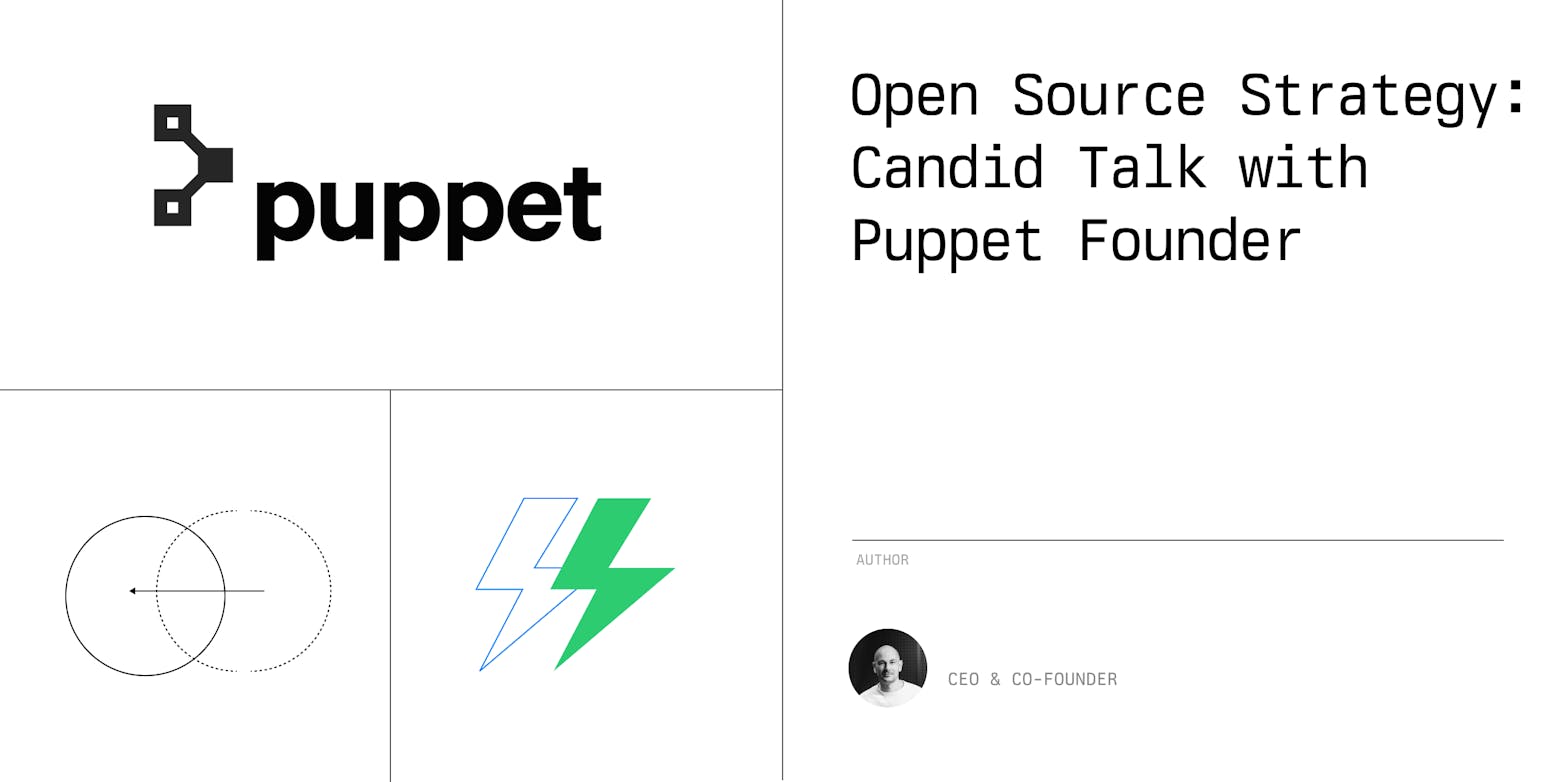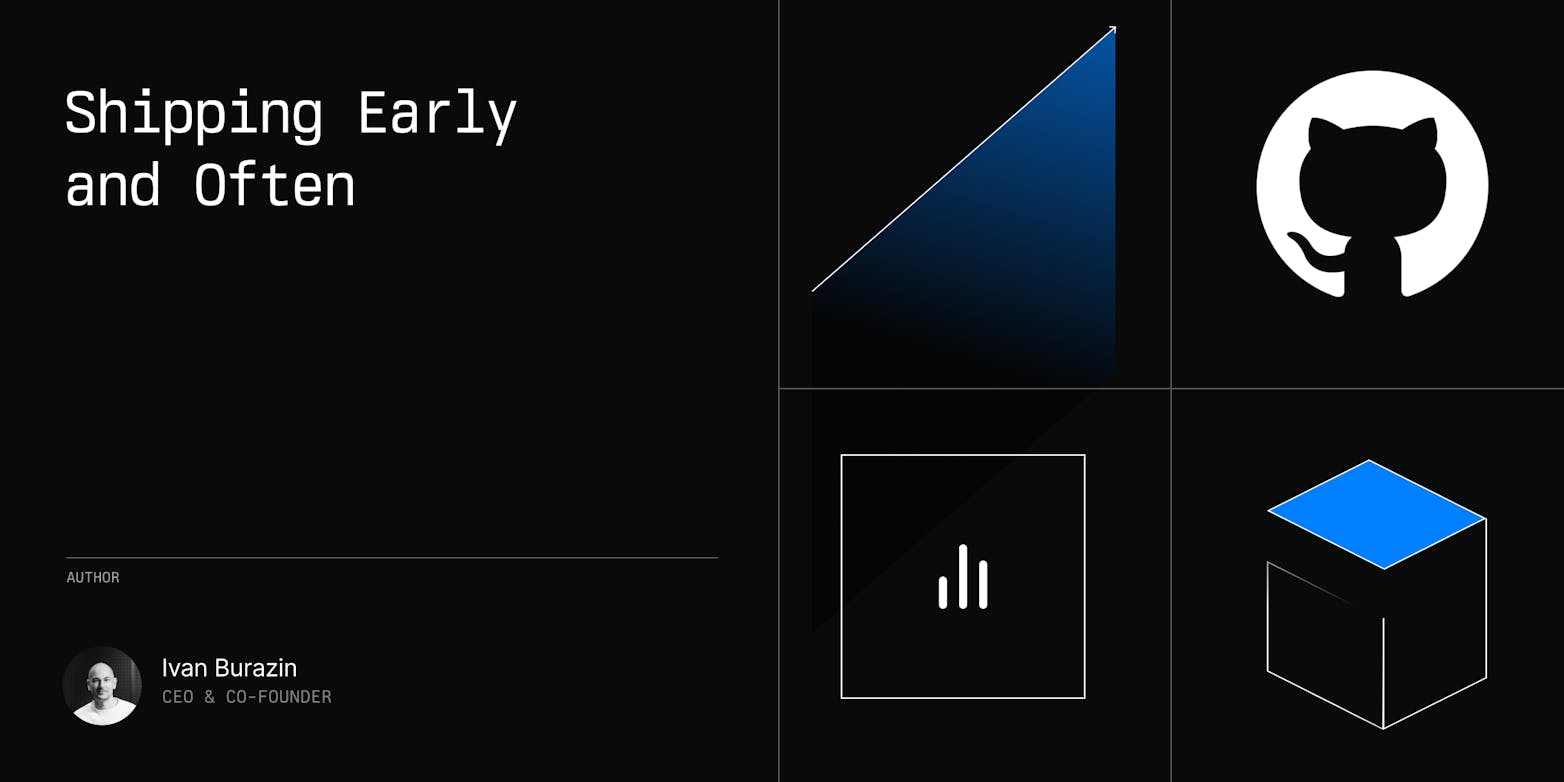As the Co-founder and CSO of Netlify, I've witnessed firsthand how a vision can transform an entire industry. At Netlify, we have been at the forefront of promoting a decoupled web architecture known as JAMstack, which separates the front-end and back-end for faster, more scalable, and secure web experiences.
Our journey has been marked by innovation, community building, and focus on delivering value to developers and businesses alike. At the moment of writing this article, we serve nearly 5 million users and run more than 40 million sites, stores, and applications.
In this article, I'll share key lessons from Netlify's journey that can provide invaluable insights for both developers and startup founders. These insights are designed to help you navigate the complex landscape of building and scaling a successful tech startup, but I advise you to always consider your own unique challenges and opportunities.
Decoupled Web Architecture: The JAMstack Revolution
Our vision at Netlify centered around a revolutionary concept in web development: the JAMstack architecture. JAMstack makes building websites and applications faster, more scalable, and more secure. This architecture relies on client-side JavaScript, reusable APIs, and prebuilt Markup to deliver web applications.
The traditional monolithic web architecture often leads to slower load times and less flexibility. In contrast, JAMstack allows developers to build websites and applications that load faster, are more secure by design, and scale more efficiently. This separation enables developers to utilize modern development tools and workflows, making the entire process more agile and productive.
Why are these benefits important? For developers, JAMstack means quicker development cycles and the ability to use modern frameworks and tools. The architecture simplifies maintenance and reduces the surface area for attacks, which enhances security. For companies, this translates to better performance, reduced costs, and the ability to deliver a superior user experience. The result is a robust, scalable, and secure digital presence that can adapt to changing business needs.
Building an Ecosystem and Effective Go-to-Market Strategy
One of the pivotal strategies behind Netlify's success was our focus on building a supportive ecosystem. We realized early on that to make JAMstack a reality, we needed more than just a platform—we needed a community. We needed people to believe in the idea of what we were trying to build, not necessarily in our product.
To achieve that, we created platforms like staticgen.com and headlesscms.org to engage the community and promote the new approach. These resources helped gather the "choir"—early adopters who believed in the potential of a decoupled web. For any startup, identifying and engaging with key players in your ecosystem is crucial. Building a community around your product can provide invaluable feedback and foster a sense of shared mission.
Our go-to-market strategy was all about evangelism. Early on, the focus was on category creation, engaging with developers and businesses to spread the word about the benefits of JAMstack. Speaking at meetups and conferences, and producing valuable content were key elements of this strategy. This grassroots engagement was essential. Even if only five people attended a meetup, it was five more than the day before. Over time, this consistent effort paid off, leading to a larger audience and greater adoption. Building relationships with early adopters and influencers helped amplify our message and establish Netlify as a leader in the space.
Delivering a Magic Moment: Product and User Experience
Ensuring that our product provided immediate value was paramount. In developer tools, it’s critical to create a “magic moment” within the first 30 seconds of use. This initial experience can make or break user adoption.
We focused on creating quick wins, allowing users to experience the power of JAMstack architecture immediately. For developers, this meant seeing the benefits of a decoupled web without having to invest significant time upfront. By designing our product to deliver immediate, tangible benefits, we were able to capture the interest and imagination of our users.
Strategies for Growth and Fundraising
Timing is pivotal in the startup world. We delayed our fundraising until we had significant traction and a clearer understanding of our mission. By the time we approached investors, we had a compelling story backed by real usage data. This strategy made fundraising easier and more effective. Investors could see not just the product, but the potential for a scalable business with a more well-defined market fit. Demonstrating significant traction and a clear vision for growth can make a significant difference in securing investment.
In addition to strategic timing, leveraging the community for growth was essential. In the world of developer tools, content marketing means developer advocacy and experience. We invested heavily in this area, understanding that winning the hearts and minds of developers required more than just ads. It required valuable content and genuine community engagement.
Hosting dinners and meetups helped us build a loyal community. These events allowed us to connect with developers on a personal level, fostering trust and opening up channels for invaluable feedback. For instance, our meetups weren't just about presenting our product—they were about discussing the broader trends in web development, sharing insights, and learning from our community.
Creating valuable developer-centric content, such as blog posts, tutorials, and case studies, amplified our message and showcased the practical benefits of JAMstack architecture. This content served as both an educational resource and a marketing tool, helping potential users understand how they could leverage our platform to solve their own challenges.
Engaging deeply with the developer community allowed us to build trust and foster long-term relationships. By positioning ourselves not just as a tool provider but as a partner in their development journey, we were able to create a strong, supportive community around Netlify. This community, in turn, became our strongest advocates, spreading the word about JAMstack and our platform organically.
Thinking Big: Long-term Vision and Adaptability
Netlify's journey was not just about addressing immediate issues; it was about anticipating the future. We didn't just focus on the problems at hand, but on how the web development landscape would evolve in the coming years. This forward-thinking approach allowed us to stay ahead of the curve and ensure our product remained relevant and competitive.
Reverse-engineering our vision played a crucial role in this process. By reverse-engineering, I mean we started with our ultimate goal—the kind of web development ecosystem we wanted to see and that we believed would become — and then worked backward to determine the steps needed to achieve it. We asked ourselves: what does the future of web development look like if JAMstack becomes the norm? What tools and integrations would developers need? What kinds of problems would they face, and how could we help solve them?
This approach ensured that every feature we built, every partnership we pursued, and every piece of content we created was aligned with our long-term vision. It wasn't just about building a product that worked for today, but about creating a platform that could grow and adapt as the industry changed.
Thinking big also meant being adaptable. As we gathered feedback from our community and observed trends in the industry, we were ready to pivot and refine our approach. This adaptability was crucial in staying relevant. The tech landscape is constantly shifting, and the ability to adjust our strategies and offerings in response to these changes helped us maintain our momentum and continue providing value to our users.
Conclusion
Even though our product is in a way unique, I believe our journey at Netlify offers valuable lessons for all developers and startup founders alike. Building a supportive ecosystem was crucial to our success. By engaging deeply with the community and fostering a sense of shared mission, we were able to create a strong foundation for our product. This approach not only provided us with invaluable feedback but also helped us build lasting relationships with key early adopters who played a significant role in amplifying our message.
Our focus on spreading the word and category creation allowed us to introduce the JAMstack architecture to a broader audience. By consistently engaging with developers and businesses through meetups, conferences, and valuable content, we were able to drive adoption and establish Netlify as a leader in the space. This engagement, combined with a product that delivered immediate value, helped us build a loyal user base and secure significant traction in the market.
Looking ahead, the insights from our experience highlight the need for a long-term vision and adaptability. Thinking big and keeping an eye on the industry allowed us to stay ahead of the curve and ensure our product remained relevant and competitive.
Of course, our experience won’t be your experience. But leveraging these lessons might help you navigate the challenges of building and scaling your own successful startup and create an impact in your industry.










